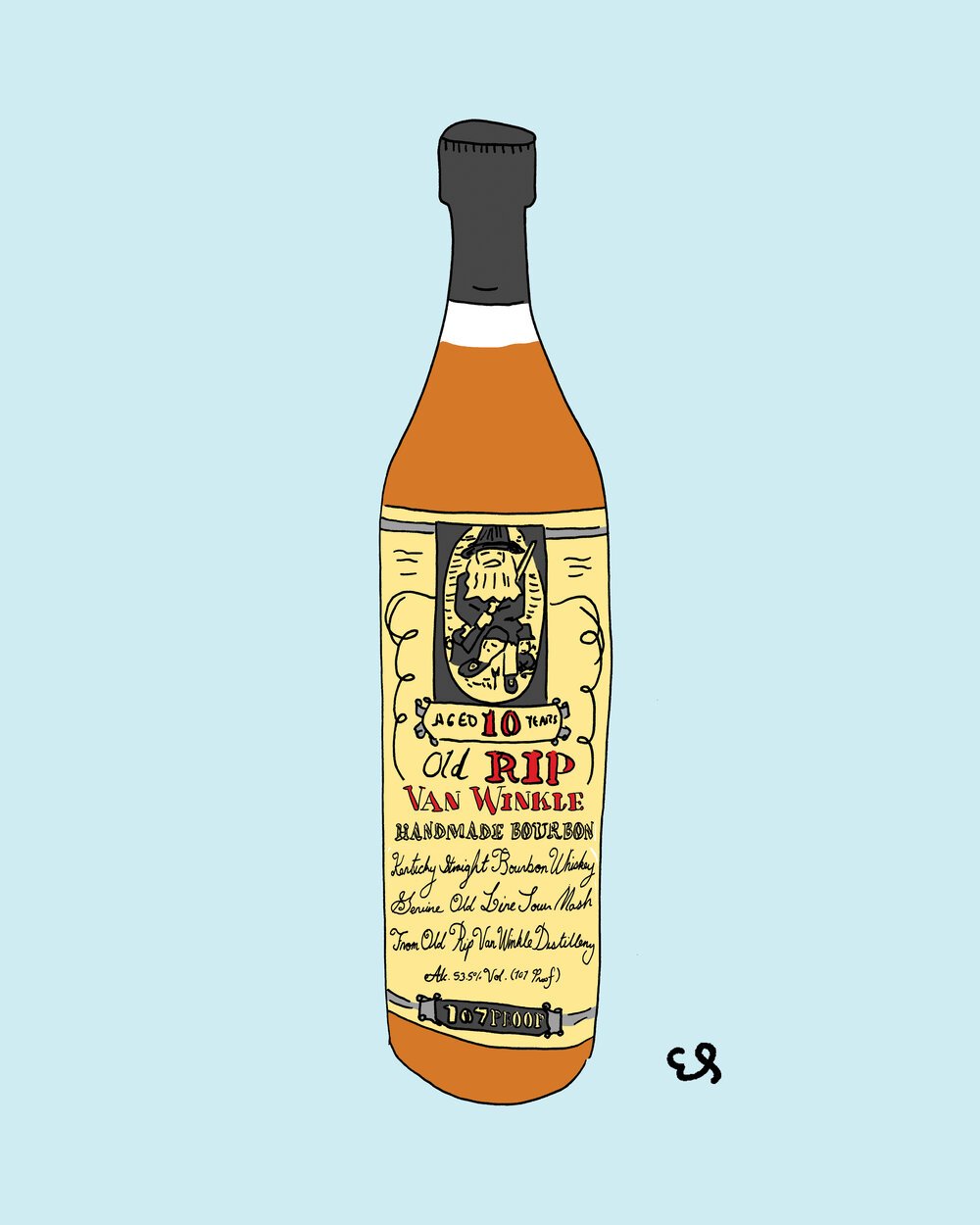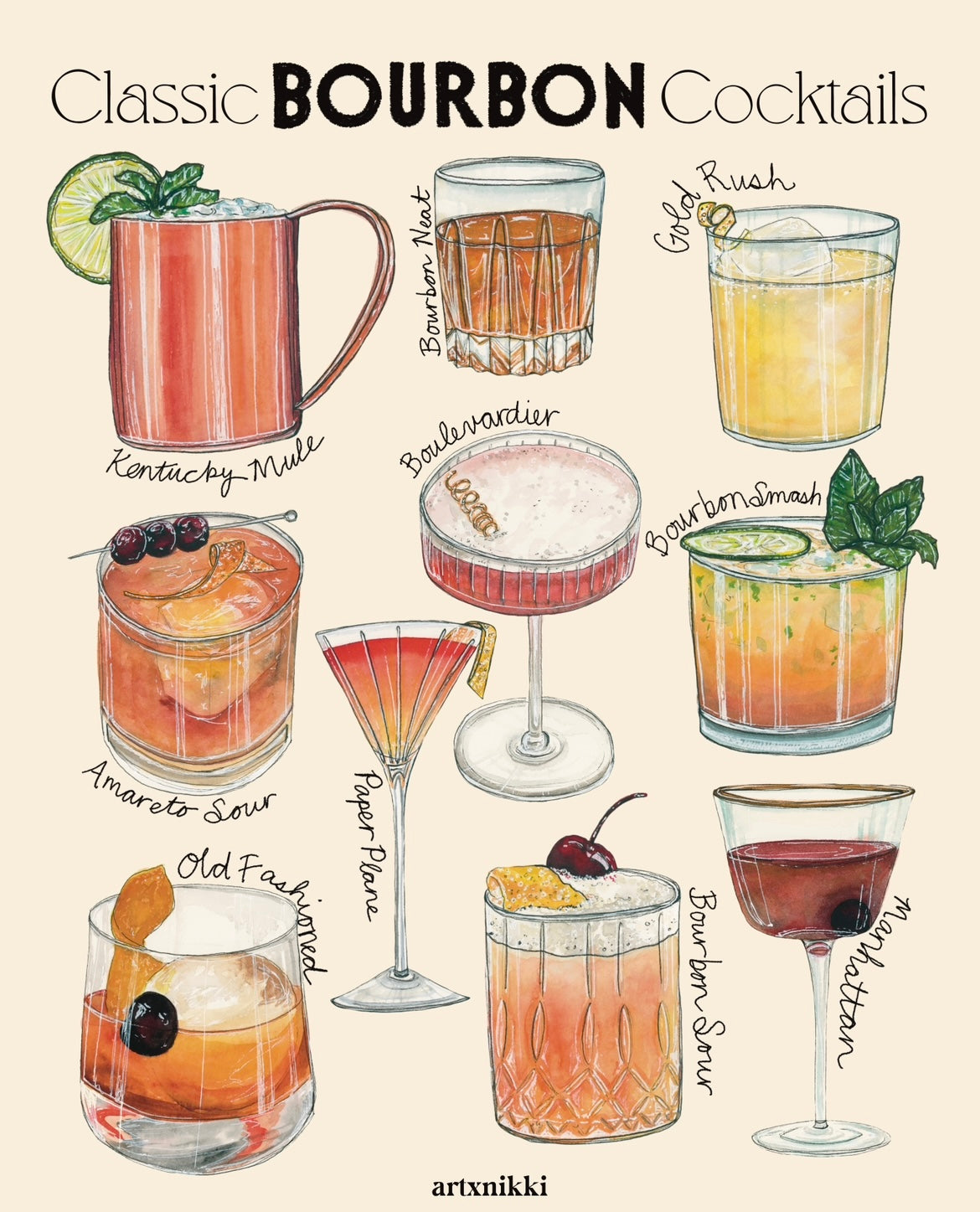The Significance of Whiskey Art in Celebrating Heritage and Workmanship in the Beverage Sector
The detailed connection between whiskey art and the celebration of heritage and craftsmanship within the drink sector can not be overemphasized. With attentively made containers and tags, bourbon brand names encapsulate their historical roots and the artisanal abilities that define their production methods. This artistic measurement not just improves market appeal yet likewise offers as a channel for cultural narration, cultivating a deeper connection in between the customer and the craft. As we check out the numerous aspects of this topic, fascinating inquiries about the impact of modern-day trends on standard practices develop, motivating additional evaluation.
The Historical Origins of Whiskey
At the heart of bourbon's appeal exists a rich tapestry of historical origins that map back to ancient civilizations. The origins of bourbon can be connected to the purification practices of the Sumerians and Babylonians around 2000 BCE, where very early forms of fermented grain drinks started to emerge. It was in the Center Ages that the art of distillation developed dramatically, particularly in Ireland and Scotland, leading to the development of bourbon as we know it today.
The term "scotch" itself stems from the Gaelic word "uisce beatha," meaning "water of life." This phrase emphasizes the social importance of scotch in Celtic cultures, where it was often related to routines, events, and communal bonding. By the 15th century, distillation ended up being an identified craft within monastic communities, leading the way for the facility of lawful distilleries.
As profession paths expanded, whiskey's appeal expanded, going beyond local borders and capturing the interest of aficionados worldwide. Bourbon Art. This historical journey reflects not only the craftsmanship behind whiskey production but likewise its indispensable duty in social and cultural contexts, marking it as a considerable beverage throughout history
Artistic Expression in Branding
Whiskey branding stands as a compelling intersection of artistry and commerce, where visual identity plays an important function in shaping consumer perception. The appearances of bourbon tags, product packaging, and advertising materials mirror not only the brand name's story yet additionally its core worths and heritage. Through imaginative expression, distilleries convey a story that reverberates with consumers, stimulating emotions and stimulating connections.
The usage of color, typography, and imagery in branding serves to separate items in a saturated market. Typical themes might evoke a feeling of authenticity and workmanship, while contemporary styles can represent technology and forward-thinking. This tactical imaginative direction boosts brand acknowledgment and commitment, enabling customers to build a personal partnership with the whiskey they select.
Moreover, artistic expression in branding usually serves as a party of regional heritage. Distilleries often include regional symbols or historical referrals right into their designs, producing a feeling of place that invites customers to take part in a wider social experience. Ultimately, the artistry behind scotch branding not just enhances visual charm however additionally enriches the overall narrative of the brand, promoting a much deeper admiration for the craftsmanship and heritage embedded in each bottle.
Workmanship in Container Layout
The virtuosity evident in whiskey branding prolongs past aesthetic identity to encompass the craftsmanship associated with container style. Each container works as a vessel not simply for the spirit within, yet also for the tale it outlines its high quality, custom, and origin. The style process calls for thorough focus to information, as aspects such as product, form, and closure contribute substantially to the general understanding of the whiskey.
Craftsmanship in container layout involves selecting premium glass that can improve the whiskey's shade and quality, while likewise offering a tactile experience for the customer. The shape of the bottle have to be both useful and cosmetically attractive, typically reflecting the heritage of the brand name. Lots of distilleries opt for unique forms or embossed logos that stimulate a sense of credibility and history.
Additionally, the tag layout and typography play a vital role in connecting the brand name's story. Limited Edition. A well-crafted container not just astounds the consumer's eye however likewise reinforces the brand's commitment to top quality and custom. This way, the workmanship of bottle layout ends up being a vital element of the whiskey experience, combining artistry with a profound regard for heritage
Cultural Significance of Whiskey Art
Commemorating tradition and workmanship, the social importance of bourbon art transcends simple appearances, intertwining with the historic and social stories of the regions where it stems. Each bottle functions as a canvas, depicting the distinct tales, folklore, and customs that have actually formed regional whiskey-making practices. The complex layouts typically mirror the heritage of the distillers, incorporating symbols and themes that reverberate with the society go now and values of their communities.

Additionally, bourbon art plays an important duty in communal celebrations and celebrations, offering as a tangible web link in between people and their shared experiences. By valuing the virtuosity in scotch product packaging, customers cultivate a much deeper understanding and respect for the craft, eventually improving their pleasure of the drink itself.
Modern Trends in Whiskey Presentation
In recent times, the presentation of scotch has actually progressed to show contemporary tastes and patterns while still recognizing conventional workmanship - Bourbon Art. Distilleries are progressively concentrating on visual elements that improve the total drinking experience, bridging the gap in between heritage and modernity
Cutting-edge container designs have emerged, usually incorporating sustainable materials and imaginative labels that tell compelling stories. Lots of brand names currently team up with local artists, infusing their products with distinct visual expressions that reverberate with consumers. Additionally, limited-edition releases are typically packaged in collectible containers, including worth and charm for aficionados.

Conclusion
To conclude, bourbon art acts as a crucial avenue for expressing the heritage and craftsmanship integral in the beverage industry. With complex branding, ingenious container designs, and culturally significant creative aspects, bourbon brand names effectively honor their traditions and link with consumers. This creative story not just raises the appreciation of bourbon but additionally reinforces community identity and pride among producers. Eventually, scotch art plays a crucial duty in preserving and celebrating the abundant social tapestry of whiskey-making.


Workmanship in container design entails selecting premium glass that can enhance the whiskey's shade and clearness, while likewise providing a responsive experience for the customer. In this method, the craftsmanship of container style becomes a vital facet of the bourbon experience, merging artistry with an extensive respect for heritage.
In conclusion, bourbon art serves as a vital avenue for revealing the heritage and workmanship intrinsic in why not try here the beverage sector.